When I last spoke to my brother, he complained that I never explained to him the nasty reputation of Bothrops. I will actually argue all of my experiences have been very positive and even lucky. I found them to be rather likeable, except for when you are stupid enough to mess with them (which I do not recommend).
Bothrops are a genus of Central and South American pitvipers that have a number of representative species. The most well known of these, the fer-de-lance or terciopelo, is common throughout central america and northern south america. They can be large, agressive snakes with potent venom. Data suggests they are responsible for more deaths in the western hemisphere than any other snake.
Bothrops are a genus of Central and South American pitvipers that have a number of representative species. The most well known of these, the fer-de-lance or terciopelo, is common throughout central america and northern south america. They can be large, agressive snakes with potent venom. Data suggests they are responsible for more deaths in the western hemisphere than any other snake.
Bothrops atrox that was found after it crawled out from between my legs.
Bothrops atrox found when our group stopped to photograph the above mentioned snake, curled up in the path, an inch from the last persons boot. Yes we all walked right over it.
Bothrops atrox found alongside a trail during the day. This snake was perfectly content to leave us alone, until we decided to bag it for measurements and samples. The only snake that has made me uncomfortable to this day...
And a couple reasons to fear Bothrops...
Ahh Brasil...

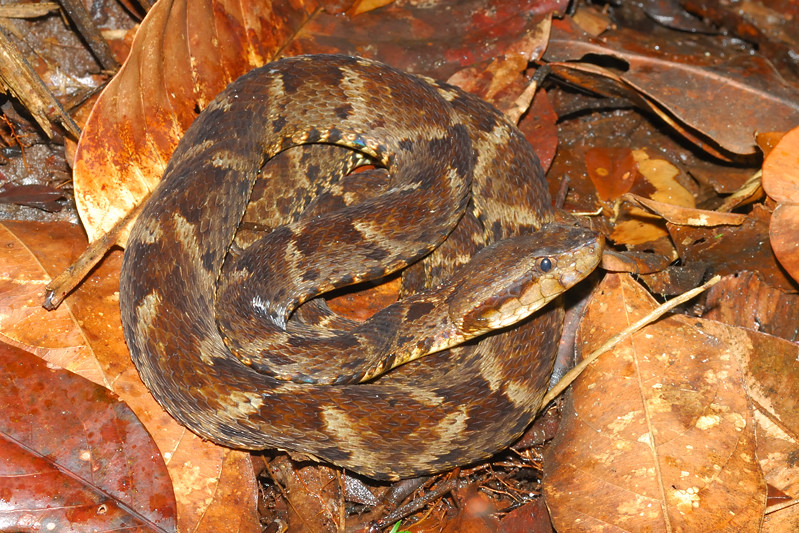
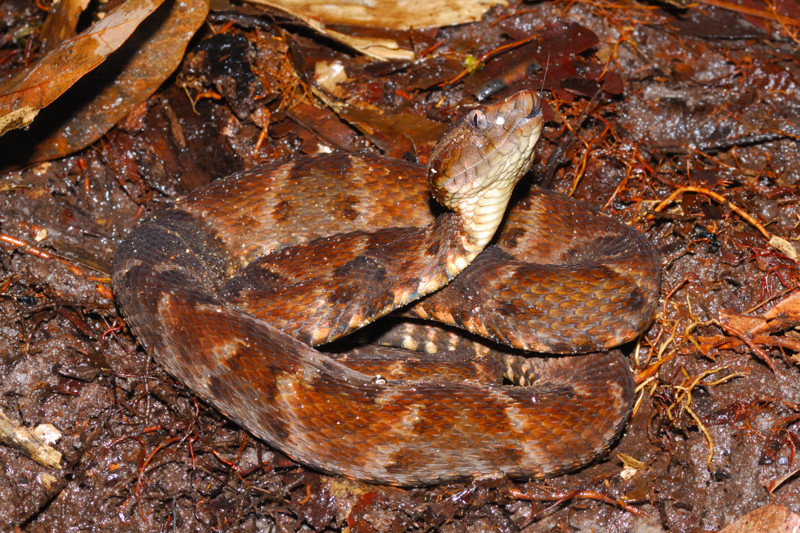
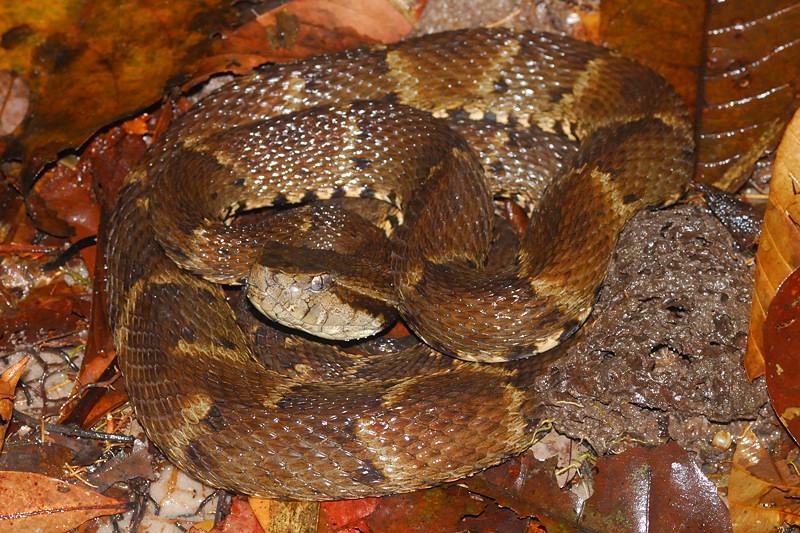
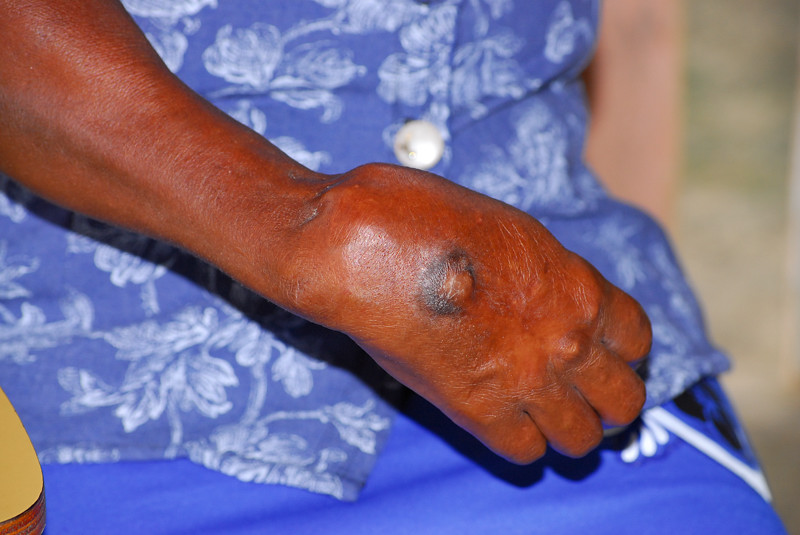
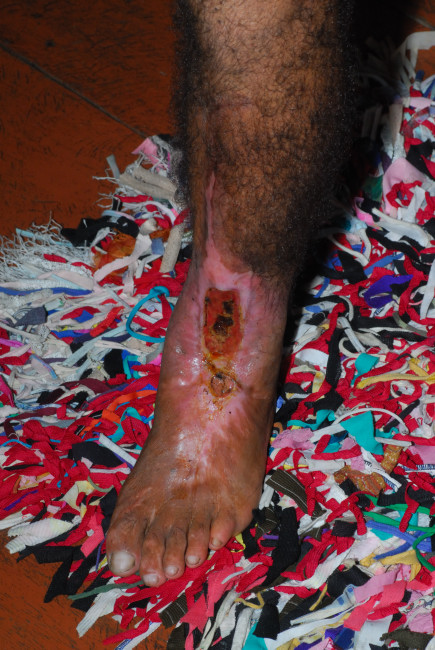

I (somewhat embarrassingly) had to Google "Bothrops" to determine that you were talking about a fer-de-lance, but wow, what cool snakes! Spotting a young one from a boardwalk was one of the highlights of my trip to Costa Rica a year ago.
ReplyDeleteRebecca - My apologies! I should have explained that better initially. I will edit it a bit.
ReplyDeleteYes, Bothrops! I hope your brother finds some.
ReplyDelete